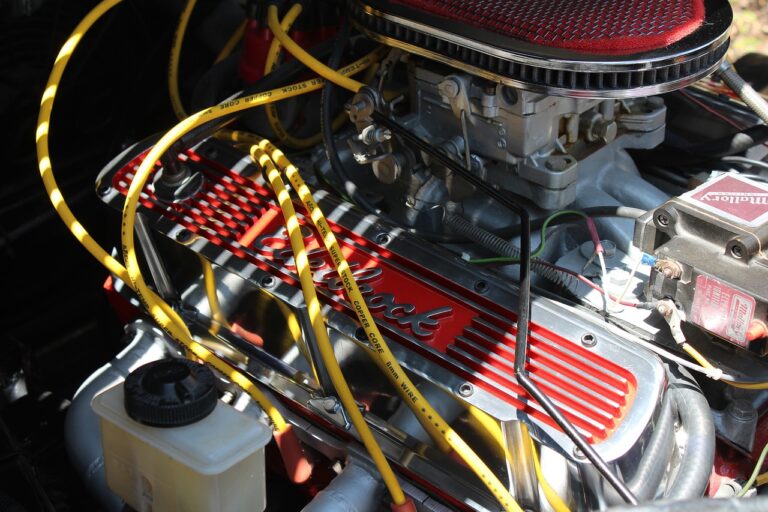The Evolution of Automotive Lighting Technology: LED and Laser Headlights
>LED headlights have become increasingly popular in the automotive industry due to their energy efficiency and superior brightness compared to traditional halogen headlights. These headlights utilize light-emitting diodes (LEDs) to produce light, providing drivers with a clearer and more vibrant illumination on the road ahead. As a result, LED headlights are not only beneficial for enhancing visibility but also contribute to the overall aesthetics of a vehicle.
In addition to their functionality and design appeal, LED headlights offer longer lifespan and durability, making them a cost-effective choice for vehicle owners. Unlike halogen headlights that require frequent replacements, LED headlights can last significantly longer while maintaining their optimal performance. With advancements in technology, LED headlights have also become more accessible and affordable, making them a sought-after feature in modern vehicles.
Benefits of LED Headlights
LED headlights offer several advantages over traditional halogen headlights. One key benefit is their energy efficiency. LED headlights require less power to operate, which can help improve fuel efficiency in vehicles. This can lead to cost savings for drivers in the long run, as they may need to replace their headlights less frequently and spend less on fuel.
Another advantage of LED headlights is their longer lifespan. LED bulbs can last significantly longer than halogen bulbs, reducing the need for frequent replacements. This not only saves money but also reduces waste from discarded bulbs, making LED headlights a more sustainable choice for environmentally conscious consumers.
Challenges with LED Headlights
LED headlights have brought numerous benefits to the automotive industry, such as improved visibility and energy efficiency. However, challenges do exist in the adoption and implementation of this technology. One major issue faced with LED headlights is their initial cost compared to traditional halogen or xenon headlights. The upfront investment required for LED headlights can be a deterrent for some consumers, especially in the face of economic uncertainties.
Another challenge presents itself in the realm of durability and reliability. While LED headlights are known for their longevity, they can be sensitive to voltage fluctuations and heat. This means that proper installation and maintenance are crucial to ensure the consistent performance of LED headlights. Additionally, repairing or replacing LED headlights can be more intricate and costly compared to conventional headlights, posing a potential inconvenience for car owners.
What are some benefits of using LED headlights?
LED headlights offer better visibility, energy efficiency, longer lifespan, and a more modern look compared to traditional headlights.
What are some common challenges associated with LED headlights?
Some challenges with LED headlights include issues with glare, compatibility with older vehicles, potential heat management problems, and higher upfront costs.
Can LED headlights be easily installed in any vehicle?
LED headlights may require additional components or modifications to be compatible with older vehicles, so it’s recommended to consult with a professional before installation.
How can glare from LED headlights be reduced?
Glare from LED headlights can be reduced by properly aiming the headlights, using anti-glare coatings, or installing specialized glare-reducing lenses.
Are there any safety concerns with using LED headlights?
While LED headlights are generally safe to use, it’s important to ensure they meet legal brightness standards and do not cause excessive glare for other drivers on the road.







